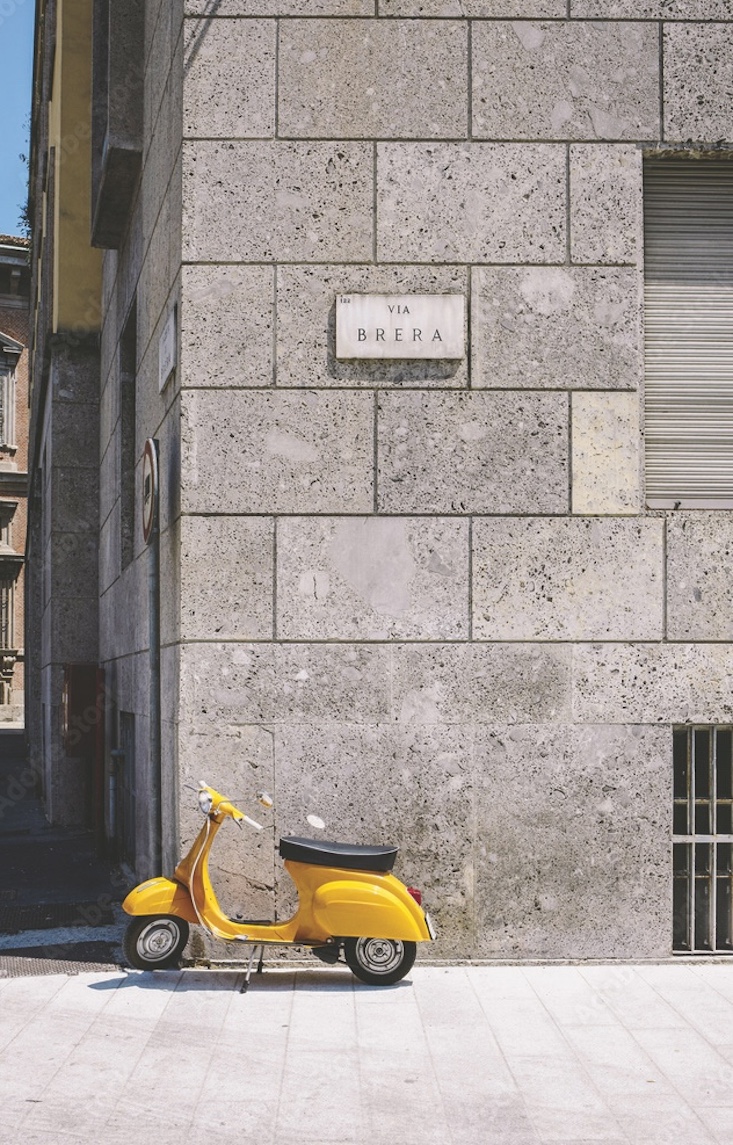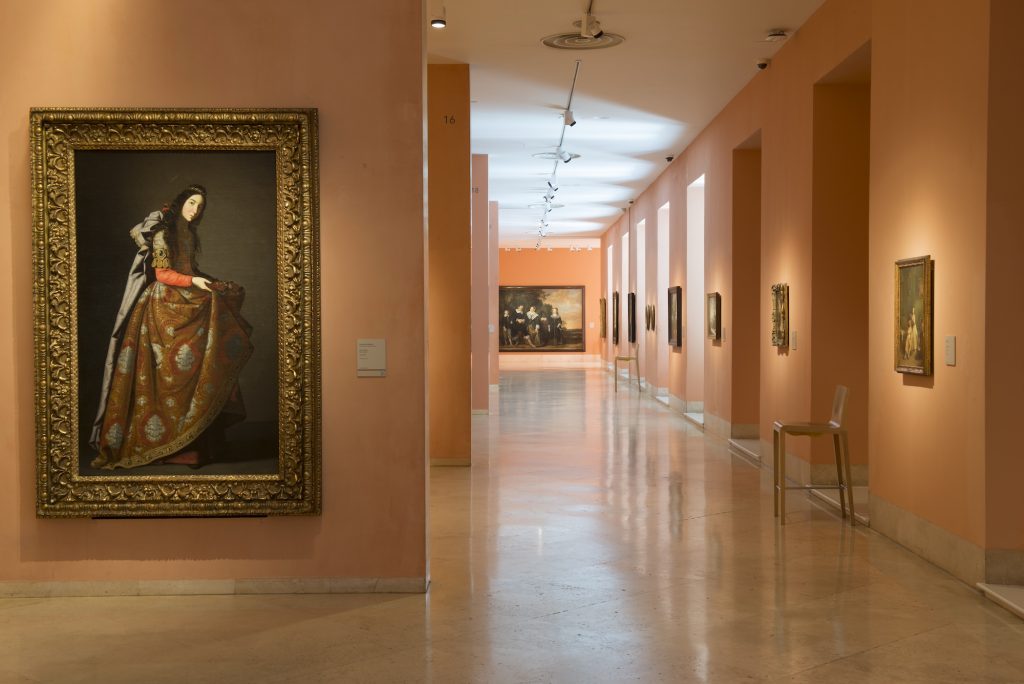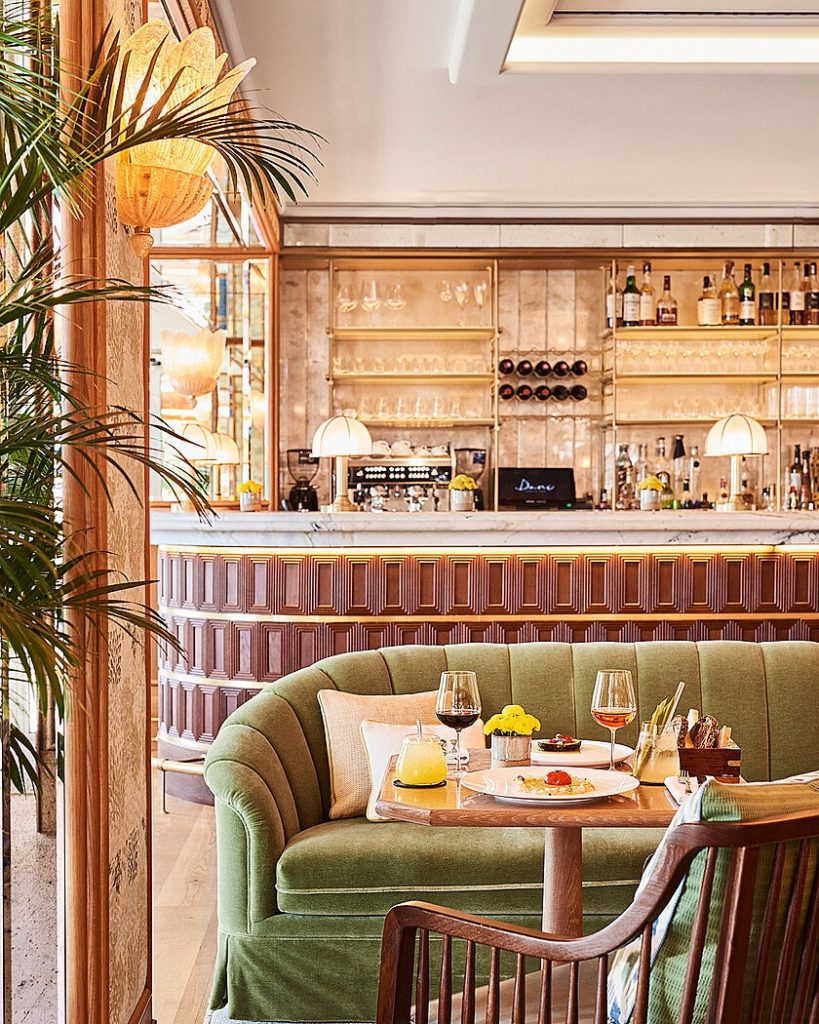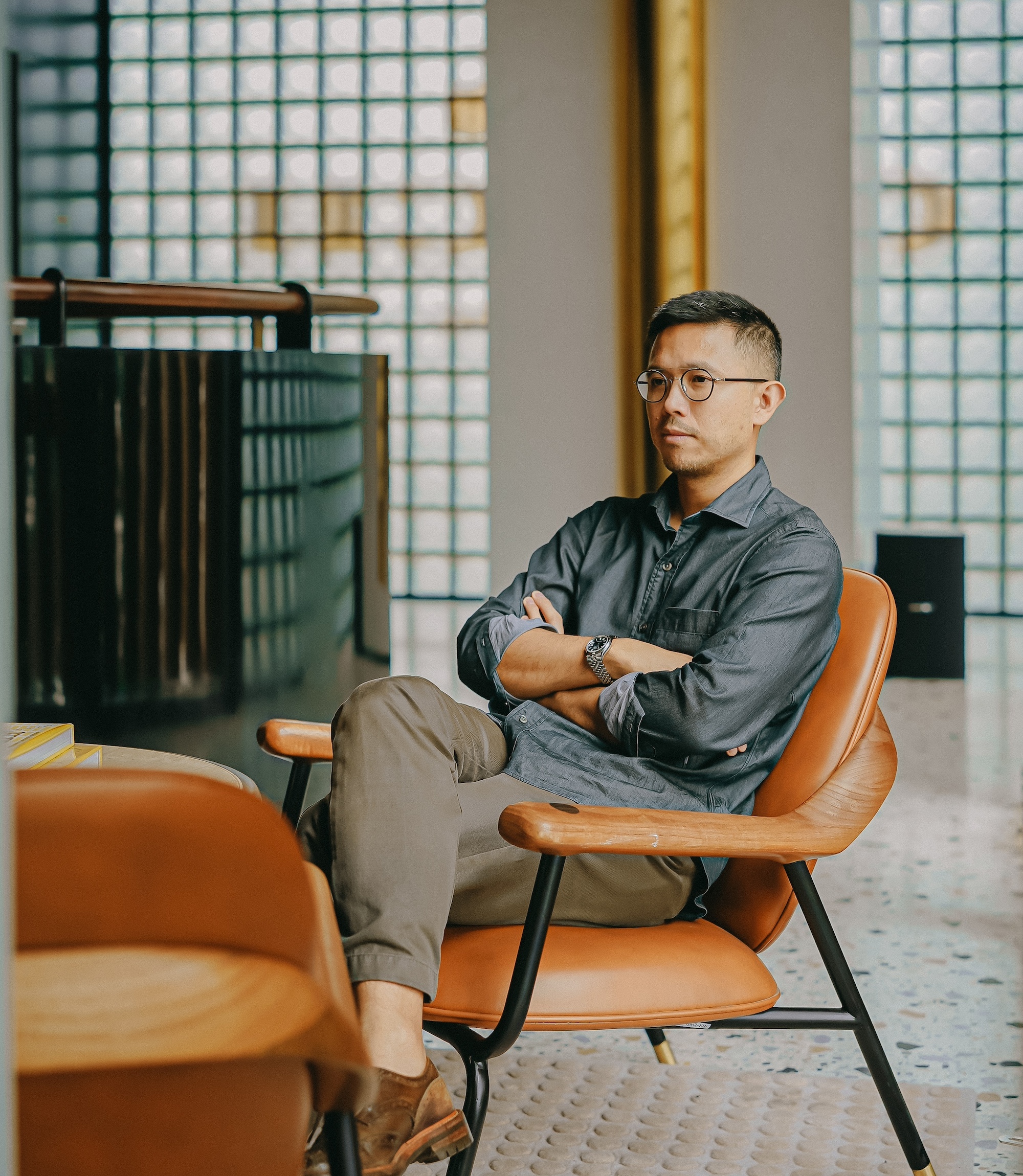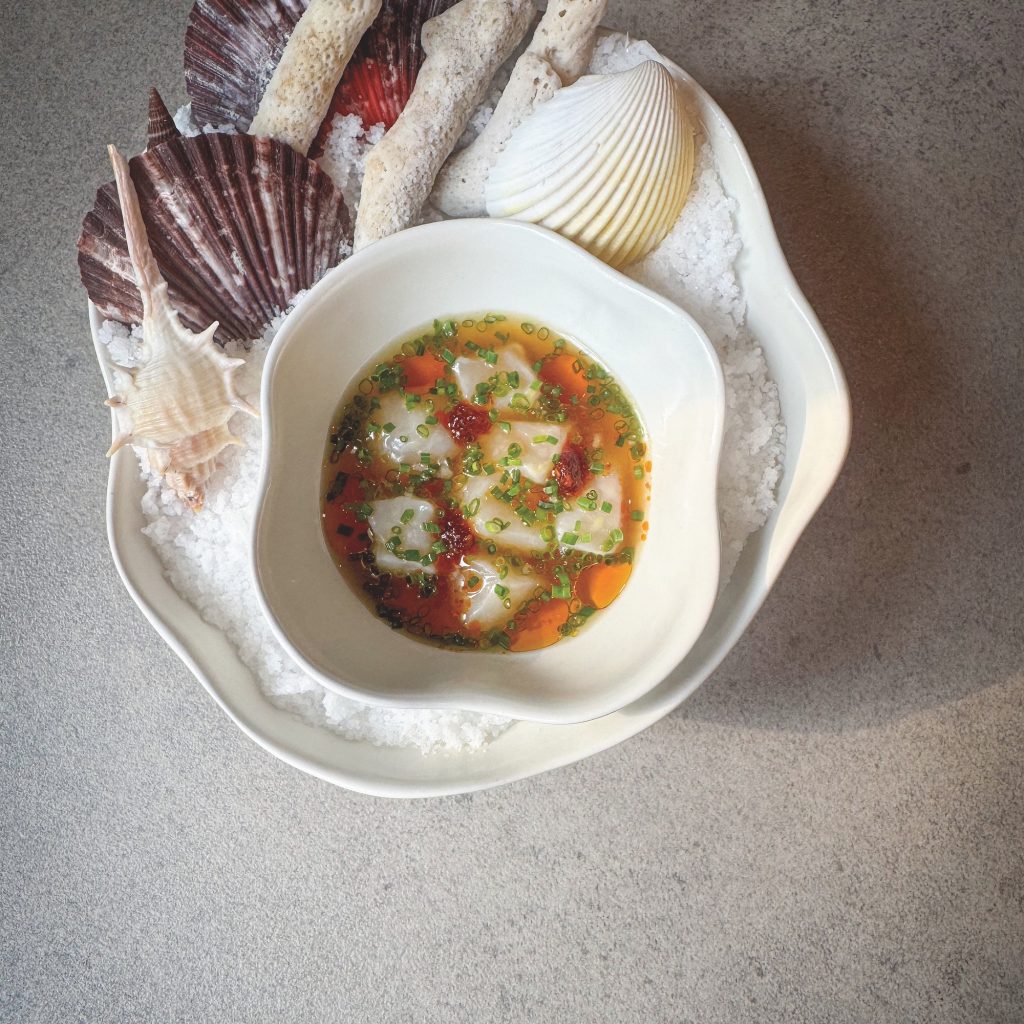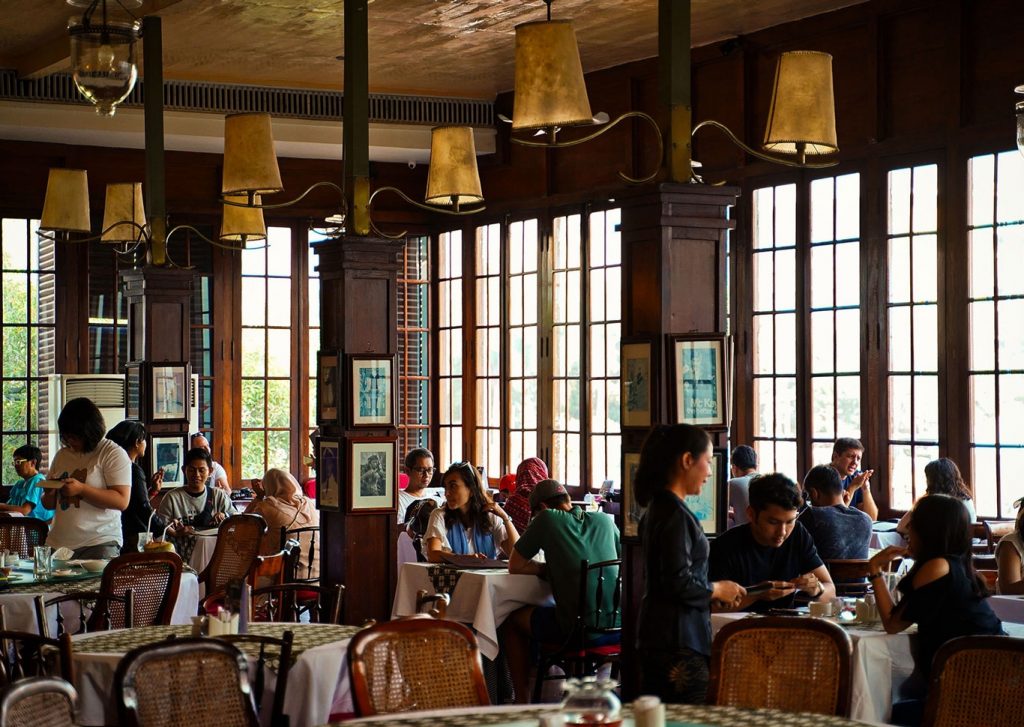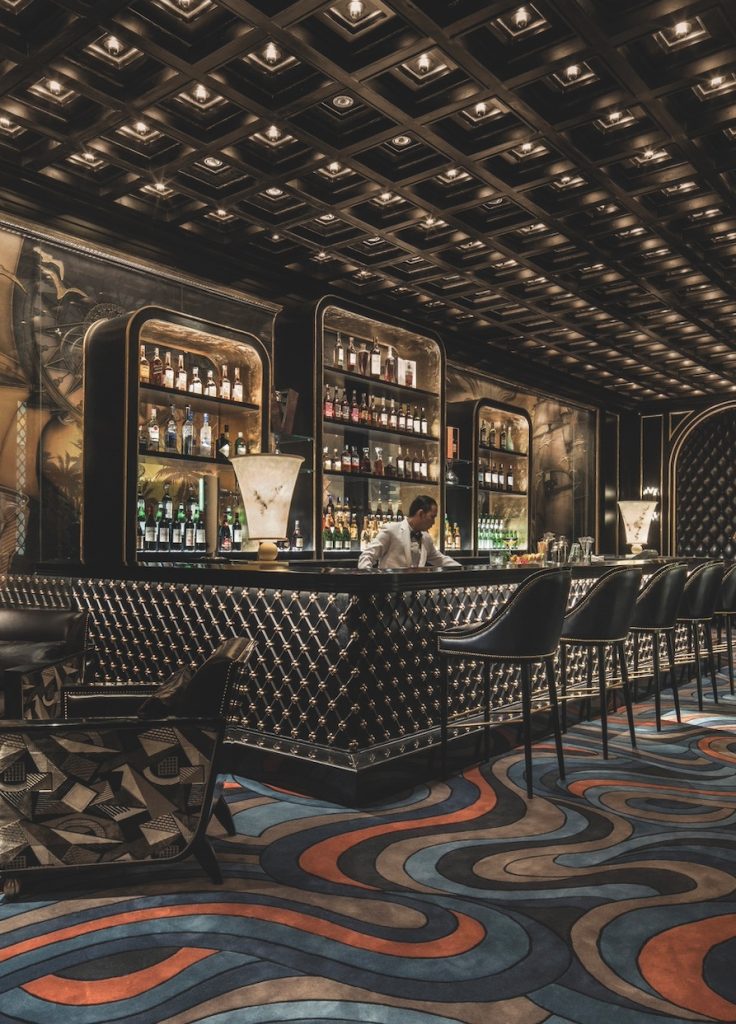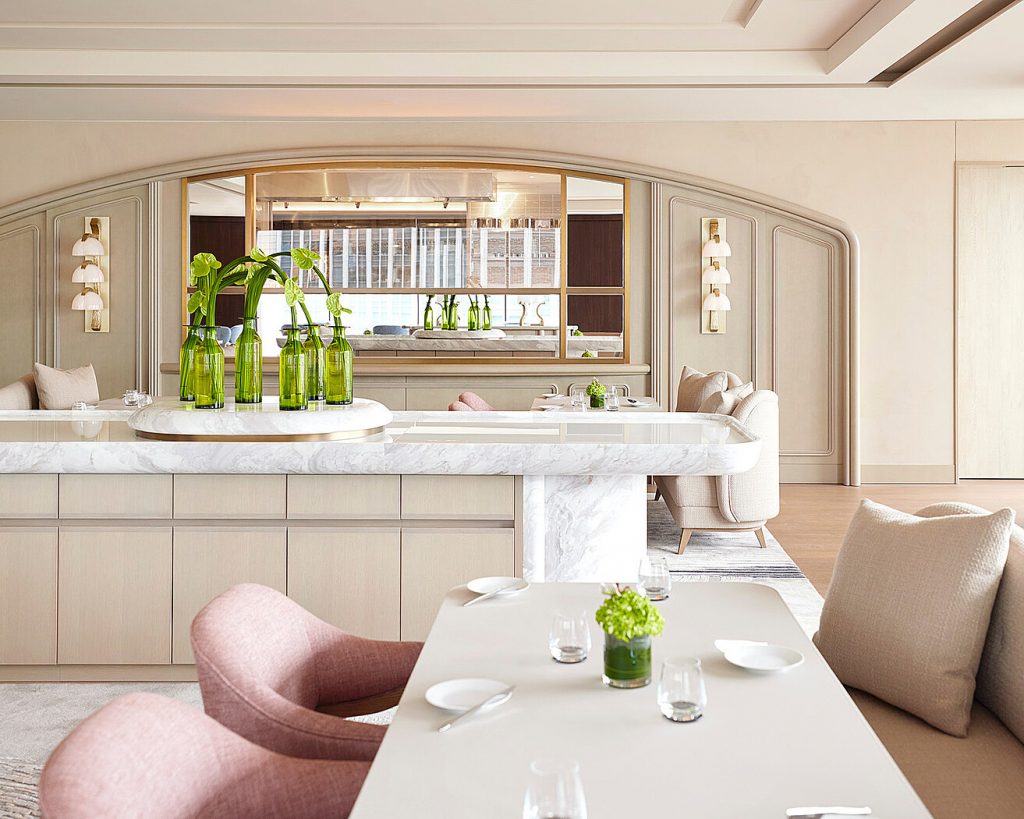“We do better together than we do separate,” says Chris Shepherd of his altruistic modus operandi. At his former restaurant Underbelly—where his cooking won him a James Beard Award in 2014—Shepherd made a habit of recommending other local spots for diners to try. In 2015, with his wife, Lindsey Brown, he co-founded the Southern Smoke Foundation (SSF), a nonprofit that supports food and beverage workers across the United States who are affected by disasters; to date, the SSF has disbursed nearly $15 million in direct aid and made possible more than 8,000 mental-health visits. Here, Shepherd shares his favourite restaurants (and more) in the city that he loves for its boundless multiculturalism. “Houstonians are just welcoming. The diversity is there, which makes the food scene so amazing.”

Eat
Cali Sandwich & Pho: “The Vietnamese spot we just really love. It’s banh mi, it’s the Vietnamese egg rolls, spring rolls, a bowl of pho. It’s just what we crave.”

Bludorn: “You can have a fantastic experience with a group of friends while ordering a Seafood Tower, all the pastas and big entrées. It can also be that place where just you and your significant other eat perfect oysters and a burger at the bar with a beautiful glass of wine.”
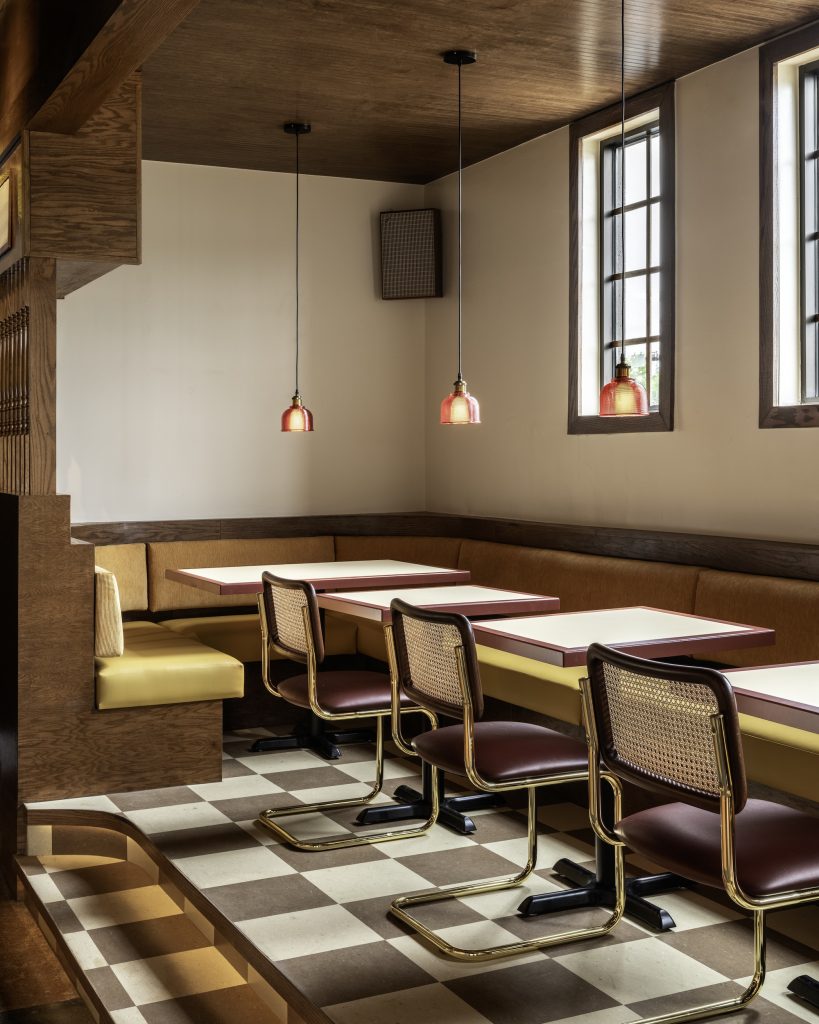
Nonno’s Family Pizza Tavern: “They’re from Chicago. They do a tavern-style Chicago pizza, and chicken wings, and Italian wedding risotto.”
London Sizzler: “A curry house—British Indian cuisine. Absolutely fantastic.”
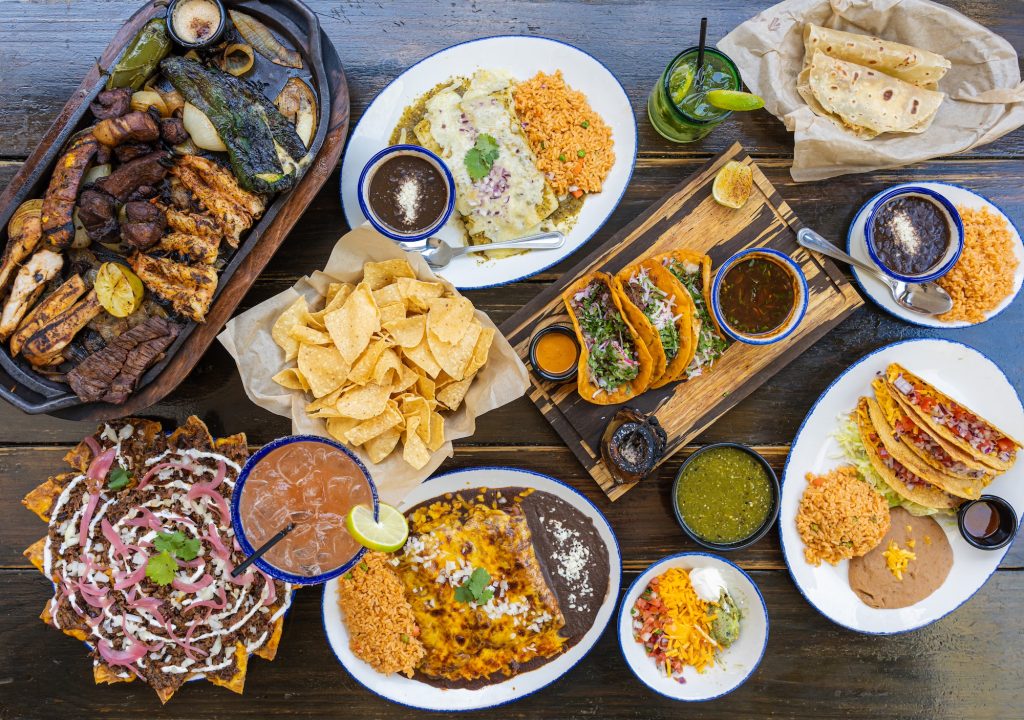
Candente: “It’s a restaurant right down the street from where we live. It’s live-fire Tex-Mex. They do really good beef cooked over mesquite, the same with the chicken. It’s very Texas and very delicious.”
Drink
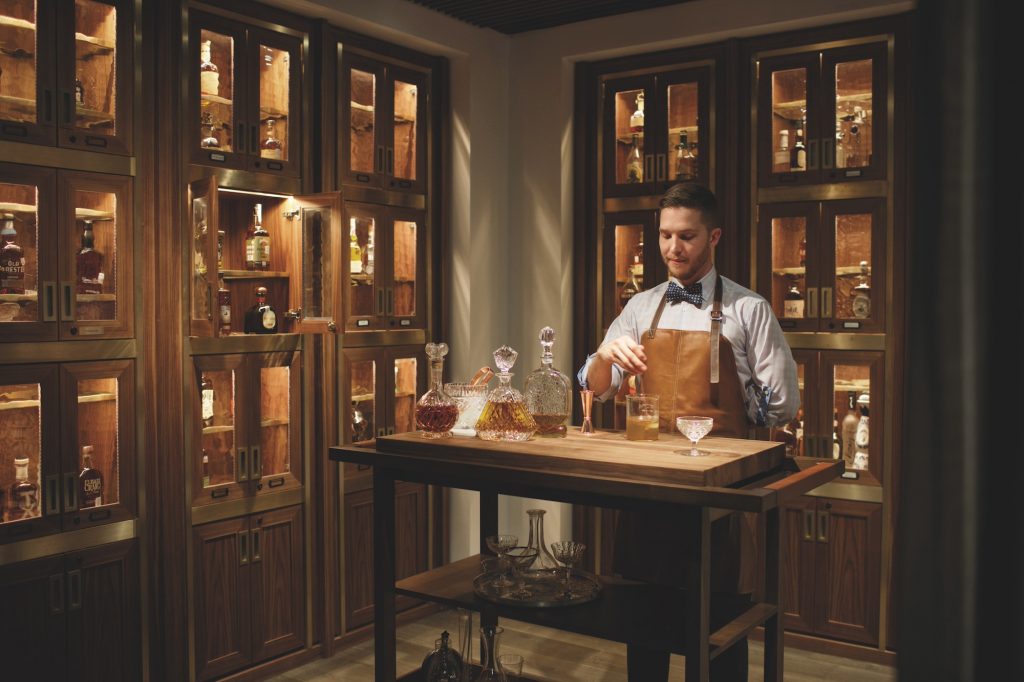
Four Seasons Hotel Houston: “Bandista [the hotel’s speakeasy] is one of the most amazing bars in the country. They do a damn good martini, man. And then Bayou & Bottle [lobby bar]—the service there is so kind and nice, and the bourbon selection is sick.” (Shepherd keeps some of his favourite bourbons in one of the bar’s spirit lockers, including a bottle of Michter’s and his new single-barrel release with Rare Character.)
See

The Menil Collection: “It’s the largest public art collection in the country that’s privately owned, and it’s free to the public.” (Shepherd and his wife are such fans that they painted their townhouse in Houston in a shade known as Menil Gray. This fall, the museum opens an exhibit of Robert Rauschenberg’s fabric sculptures.)
Houston Ballet: “I like going to the ballet with my wife. I can’t believe I just said that. But she will also go to the Houston Texans games with me. Having all of the sports—the Rockets, the Astros, the Texans—and then having all of the arts and the museums, it’s a city like no other.”
Stroll
Montrose Neighbourhood: “Kind of the heartbeat of everything, and the most walkable neighbourhood in Houston. All of the restaurants I had were in the middle of Montrose.”

Four Seasons Hotel Houston



